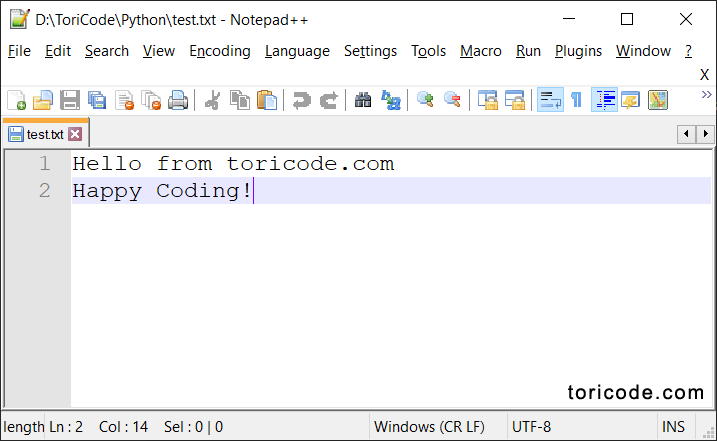
- PYTHON OPEN FILR FOR WRITING AND APPENDING HOW TO
- PYTHON OPEN FILR FOR WRITING AND APPENDING CODE
- PYTHON OPEN FILR FOR WRITING AND APPENDING PLUS
- PYTHON OPEN FILR FOR WRITING AND APPENDING WINDOWS
We need to call the read() method, as shown below: Once this command has been executed, we want to read the file to see if it has been updated. We can then call the write() method to modify our file programmatically.
PYTHON OPEN FILR FOR WRITING AND APPENDING CODE
The above line of code will open file.txt and will assign the file handler to the variable called file. This is the method we’ll use in this tutorial: It is shorter to use the with statement, as we do not need to call the close() method. However, with this method, you need to close the file yourself by calling the close() method:

The first one is to use open(), as shown below: The first step to write a file in Python is to open it, which means you can access it through a script. There are multiple ways to write to files and to write data in Python.
PYTHON OPEN FILR FOR WRITING AND APPENDING HOW TO
For more information, read How to Work with Files and Directories in Python and How to Rename Files with Python. It’s good to have some knowledge of file manipulation before you read this article. However, your results should be the same on any operating system.
PYTHON OPEN FILR FOR WRITING AND APPENDING WINDOWS
In this article, you will learn how to write to a file in Python.īefore diving into the nitty-gritty of how to write to file in Python, I want to mention that I use Python 3.8.5 and Windows 10.
Use the readlines function to read the content of the file one by one.With Python, you can modify and write directly to a file programmatically, saving you the hassle of doing it manually. Use the read function to read the ENTIRE contents of a file. To append data to an existing file use the command open(“Filename”, “ a“). The + tells the python compiler to create a file if it does not exist Use the function open(“filename”,”w+”) to create a file. Python allows you to read, write and delete files. #or, readlines reads the individual line into a list #Open the file back and read the contents This will open a file for reading and writing (updating) If file already exists, the operation fails. If file does not exist, it creates a new file.Ĭreates a new file. But if there is a complex data file which is not readable, this piece of code could be useful. In our case the line is short and readable, the output will look similar to the read mode. When you run the code ( f1=f.readlines()) for reading the file or document line by line, it will separate each line and present the file in a readable format. This code will segregate your data in easy to ready mode txt file line by line if your data is too big to read. But in our case we already have the file, so we are not required to create a new file. PYTHON OPEN FILR FOR WRITING AND APPENDING PLUS
Once again if you could see a plus sign in the code, it indicates that it will create a new file if it does not exist. You can also append a new text to the already existing file or the new file. When you click on your text file in our case “python.txt” it will look something like this
This will close the instance of the file python.txt stored. So basically we are putting in the line number that we are writing, then putting it in a carriage return and a new line character.  The output we want to iterate in the file is “this is line number”, which we declare with write function and then percent d (displays integer). Using the write function to enter data into the file. We have a for loop that runs over a range of 10 numbers. The available option beside “w” are “r” for read and “a” for append and plus sign means if it is not there then create it. Here we used “w” letter in our argument, which indicates write and the plus sign that means it will create a file if it does not exist in library.
The output we want to iterate in the file is “this is line number”, which we declare with write function and then percent d (displays integer). Using the write function to enter data into the file. We have a for loop that runs over a range of 10 numbers. The available option beside “w” are “r” for read and “a” for append and plus sign means if it is not there then create it. Here we used “w” letter in our argument, which indicates write and the plus sign that means it will create a file if it does not exist in library. 
Open takes 2 arguments, the file that we want to open and a string that represents the kinds of permission or operation we want to do on the file
We declared the variable f to open a file named textfile.txt. text files (python.txt) by using the code, we have demonstrated here how you can do this Python provides an inbuilt function for creating, writing and reading files. In Python, there is no need for importing external library to read and write files.







 0 kommentar(er)
0 kommentar(er)
